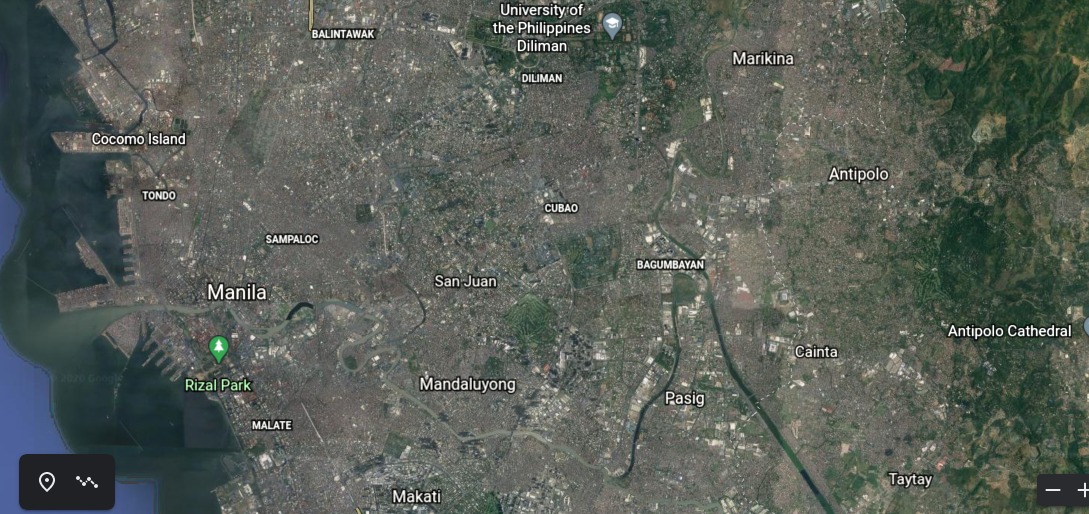The Hidden Hydrology of Metro Manila
A man’s flesh is his own; the water belongs to his tribe. - Frank Herbert, Dune1
We take water for granted in this city. We only notice it when we have too much of it (floods) such that we alter the entire landscape of a metropolis just to redirect it so that parts of the city become barely livable. Or when we have too little of it (droughts) and then collectively scramble to ensure that we just have enough of it to carry out our daily routines. We are constantly caught in the binary of excess or scarcity because we have consistently pushed the complex ecosystem out of our collective imagination. We have not learned how to live with the water.
The neglect of our waterways can be traced to the colonization by the Spaniards and Americans.2 Colonial and post-colonial administrations have repeatedly attempted to rehabilitate Manila’s estero system with little success.3 And a large swath of the metropolis' residents continue to live and suffer with this failure.
Motivations
One of my favorite sites is Hidden Hydrology because its content is the intersection of my interests: ecology, history, cartography and cities. In the About section of the website, the author writes:
…hidden hydrology is the buried, piped and disappeared waterways that flow under our urban areas. Development has driven underground these surface streams that used to weave through our cities – and with them we’ve lost the connection to natural systems, and robust ecological habitat that urban waterways can provide. Beyond just focusing on pure daylighting and restoration, the exploration, mapping, and study of hidden hydrology offers new ways to conceptualize a range of interventions that reconnect us to our history and offer glimpses of solutions for the future.
We cannot reverse the damage done over several generations to our water ecosystems. Forcing a return to a pristine, Eden-like state, in my opinion, is pointless. It’s like wishing to unbreak an egg (or reversing entropy). However, I don’t think we have to settle with the barely livable monstrosity that is Metro Manila as a stagnant, permanent state. Which brings me to write about my motivation for this project: to chart how we live now and reimagine how we can live with our waters in the hope that we can perhaps make things better.

The monstrosity of Metro Manila
The rivers and esteros are nearly indistinguishable from the birds eye perspective.